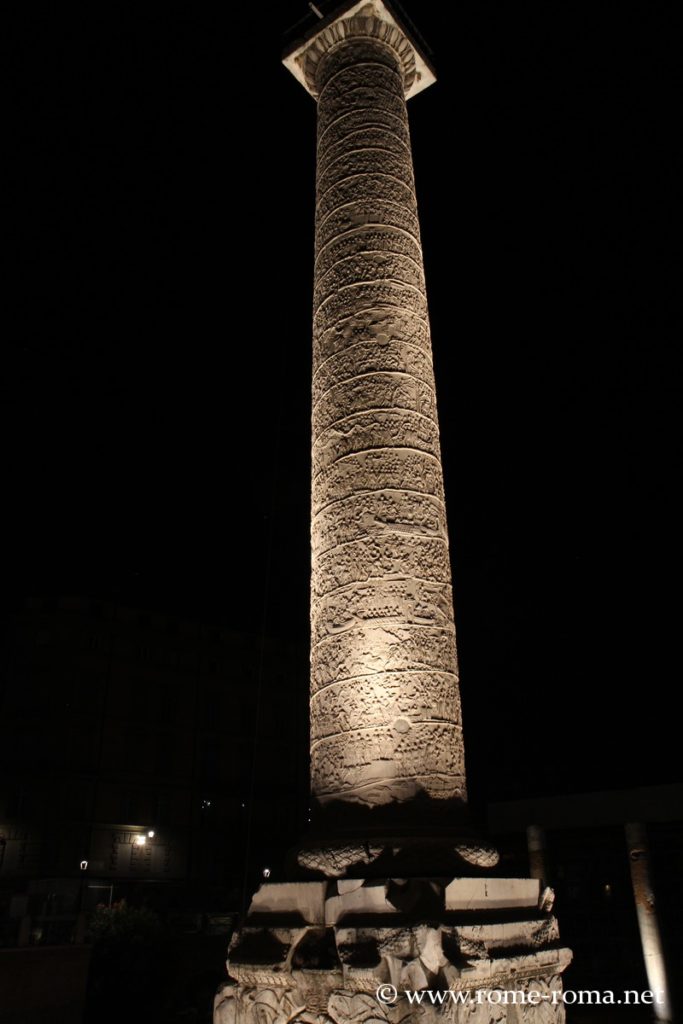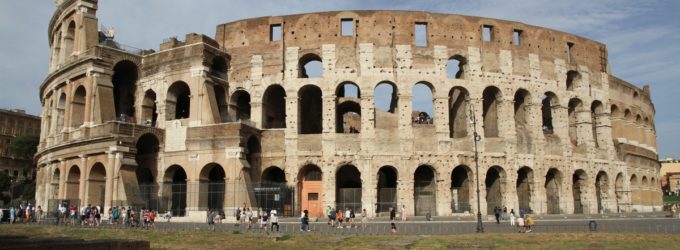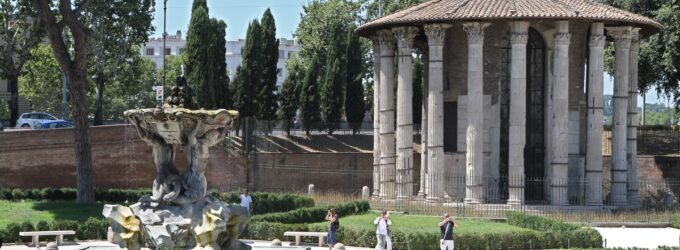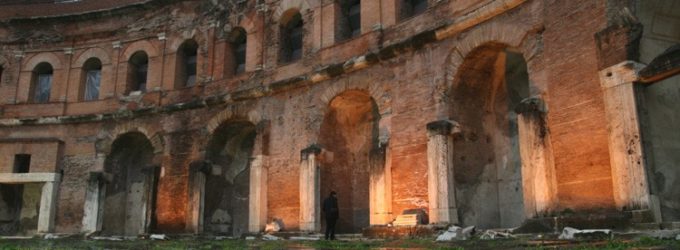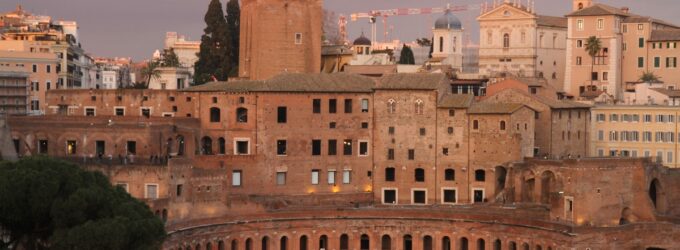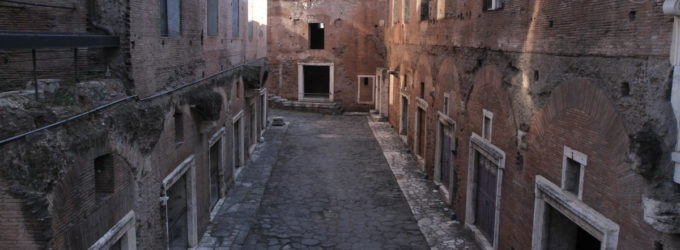In Rome, ancient monuments are everywhere, bearing witness to the grandeur of centuries of ancient Rome. Many stones and columns have been integrated into more recent buildings, such as some of the marbles from the Colosseum reused for the construction of St. Peter’s Basilica.
Ancient Buildings
The Colosseum remains the most impressive of the ancient buildings, as the largest ancient amphitheater. The Pantheon is remarkably preserved, while the Republican Forums and Imperial Forums allow an immersion into ancient Roman life, with their various temples and public buildings.
Mausoleums, temples, arches, and gates reveal the city’s grandeur and organization at different periods, complemented by aqueducts, baths, villas, and sanctuaries.
Reuse of Ancient Materials
Ancient materials were often reused in the walls and decorations of palaces and squares, fountain basins, church colonnades, creating a tangible link between past and present.
While statues and obelisks adorn emblematic squares, such as Castor and Pollux on the Capitoline Hill, the Lateran Obelisk, the Dioscuri on the Quirinal Hill, and many others.
Subjective ranking by interest of ancient sites in Rome:
Ancient Sites ****
- Colosseum
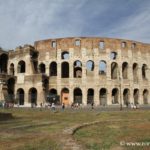
Discovery of the Colosseum, schedules, information and visit of the emblematic ancient building of Rome, architecture and history of the ...
- The Roman Forum of Rome

The Roman Forum is one of the most fascinating archaeological sites of the Roman world, a remarkable opportunity to travel ...
- Pantheon of Rome
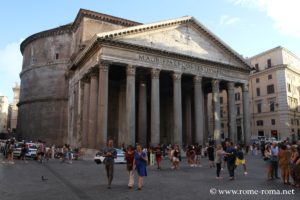
The Pantheon, one of the best-preserved ancient monuments in Rome, is an essential stop to understand Roman history.Designed as a ...
- Appian Way Regional Park
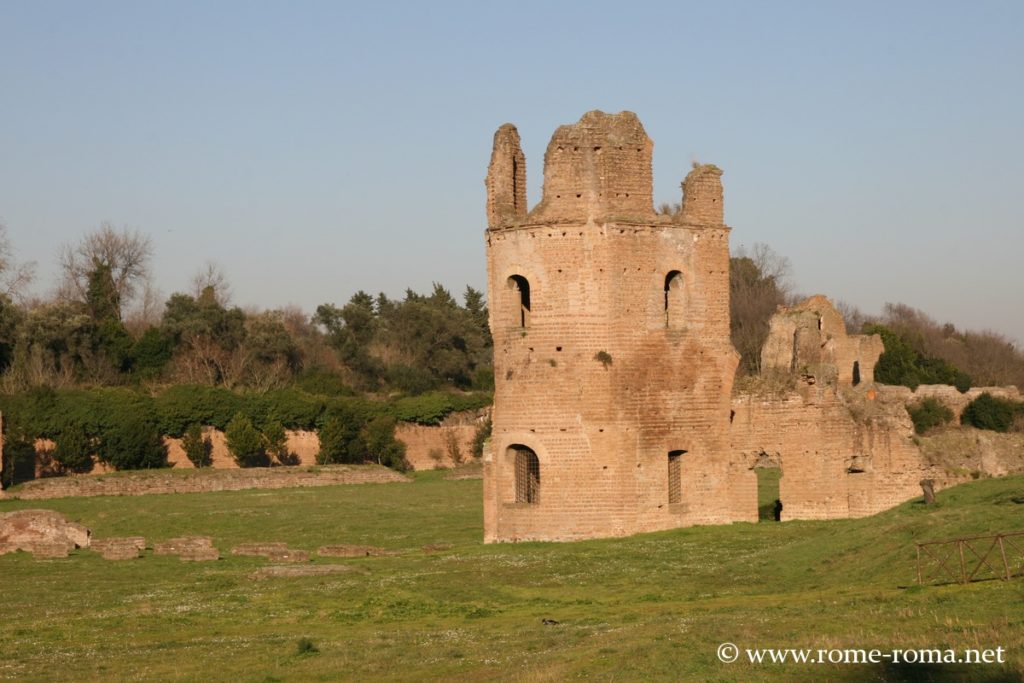
The Appian Way, the first paved road built by the Romans, leads southeast out of Rome through the Saint Sebastian ...
- National Roman Museum

The National Roman Museum was established in 1889 to preserve and showcase the remains of ancient Rome. It houses the ...
Ancient Sites ***
- Boarium Forum in Rome
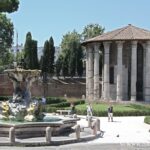
The Forum Boarium, located today on the famous Piazza della Bocca della Verità, was one of the major economic centers ...
- Imperial Fora, a monumental ensemble
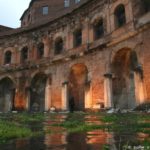
The Imperial Fora, today crossed by the avenue of Via dei Fori Imperiali, which covers a large portion of this ...
- Trajan’s Forum
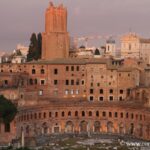
Built at the beginning of the 2nd century by Emperor Trajan and the architect Apollodorus of Damascus, the complex completed ...
- Trajan’s Market Museum

The very interesting Museum of the Imperial Forums – Trajan’s Markets (Mercati di Traiano Museo dei Fori Imperiali) is topographically ...
- Baths of Diocletian
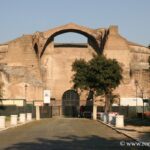
The Baths of Diocletian, built between 298 and 306 AD under Emperor Diocletian and his co-emperor Maximian, are the largest ...
- Baths of Caracalla
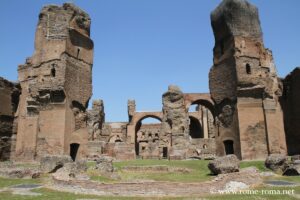
The Baths of Caracalla are one of the most grandiose examples of Roman imperial baths, with a significant part of ...
Travelers' Map is loading...
If you see this after your page is loaded completely, leafletJS files are missing.












